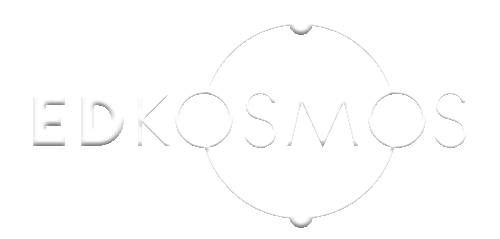PROGRAM DESCRIPTION
Computerized design and Geometric dimensioning and tolerance (GD&T) is a system for defining and communicating engineering tolerances. It uses a symbolic language on engineering drawings and computer-generated three-dimensional solid models that explicitly describe nominal geometry and its allowable variation. It tells the manufacturing staff and machines what degree of accuracy and precision is needed on each controlled feature of the part. GD&T is used to define the nominal (theoretically perfect) geometry of parts and assemblies, to define the allowable variation in form and possible size of individual features, and to define the allowable variation between features.
Dimensioning specifications define the nominal, as-modeled or as-intended geometry. One example is a basic dimension.
Tolerance specifications define the allowable variation for the form and possibly the size of individual features, and the allowable variation in orientation and location between features. Two examples are linear dimensions and feature control frames using a datum reference (both shown above).
CAREER OCCUPATION
This is a single course and by itself does not lead to any career path
ADMISSION REQUIREMENTS
? Grade 12 graduate or mature student status (British Columbia 19 years or older)
? Meet minimum English language proficiency requirements.
LEARNING OBJECTIVES
Upon completion of this program the successful student will have reliably demonstrated the ability to
1 Origin
2 Dimensioning and tolerance philosophy
3 Symbols
1 Datum and datum references
4 Data exchange
5 Documents and standards
1 ISO TC 10 Technical product documentation
2 ISO/TC 213 Dimensional and geometrical product specifications and verification
3 ASME standards
4 GD&T standards for data exchange and integration



